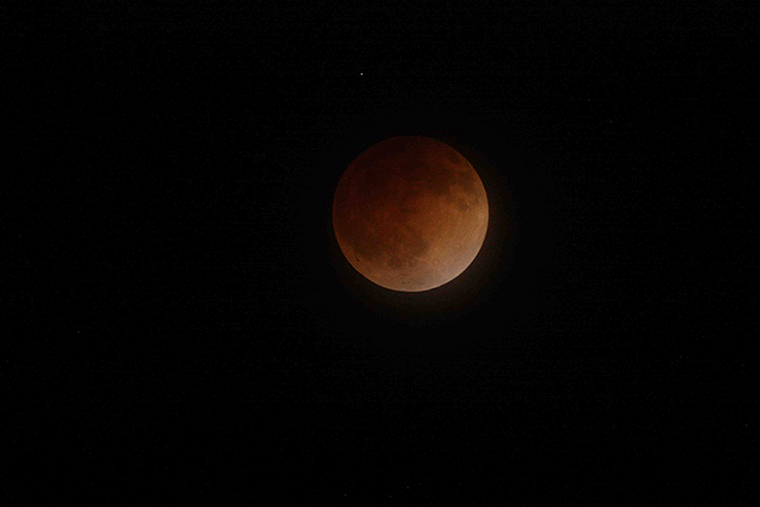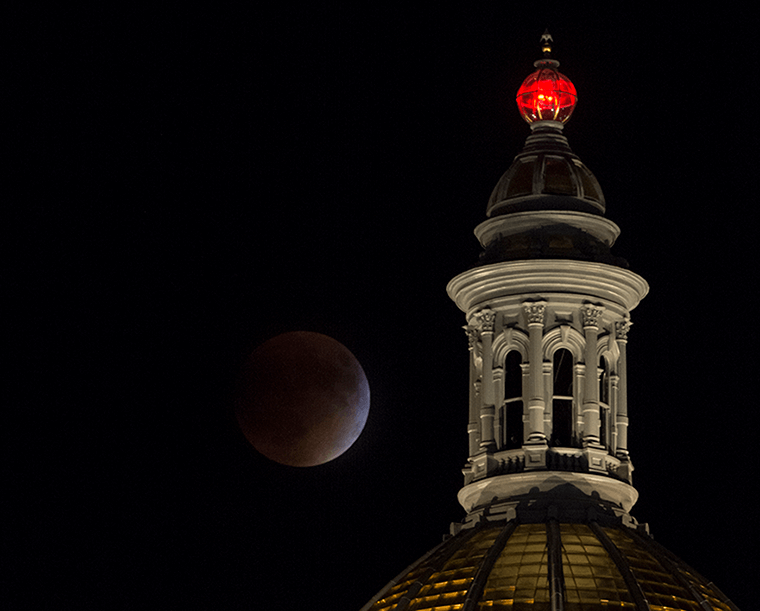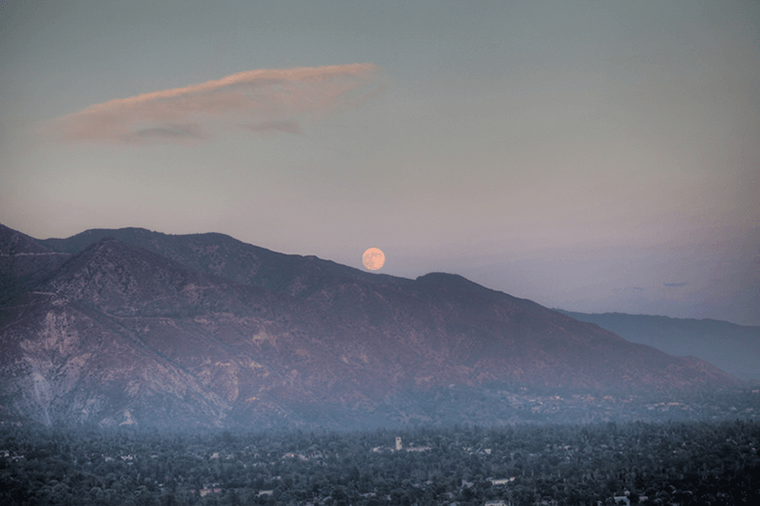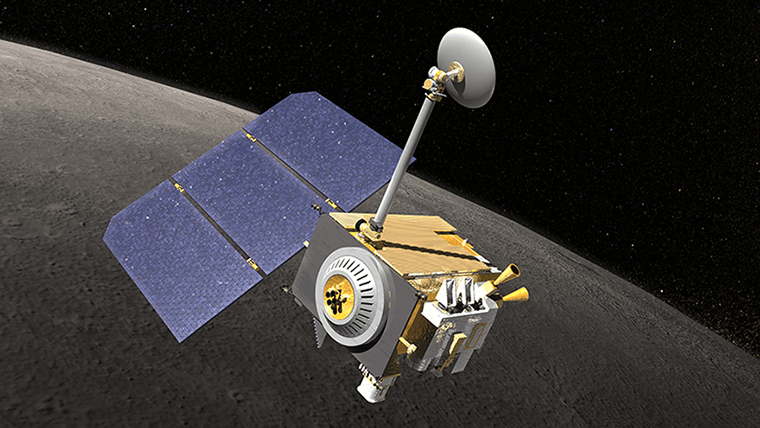What are the different types of full moons?
When you look up at the night sky, you might notice that the Moon looks a little different each night. This is due to our Moon's many phases and types.
A full moon occurs when the side of the Moon facing Earth is fully lit up by the Sun. But did you know that not all full moons look the same?
Sometimes, the Moon may appear to glow red. Other times, the Moon may appear larger than usual in our night sky. The Moon itself is not changing colors or sizes. Its changes in appearance are usually due to its position in relation to the Sun and Earth. Here are descriptions of a few of those unusual full moons:
Blood Moon

A blood moon against the night sky in 2014. Credit: NASA Ames Research Center/Brian Day
One meaning of a "blood moon" is based on its red glow. This blood moon occurs during a total lunar eclipse. During a total lunar eclipse, Earth lines up between the Moon and the Sun. This hides the Moon from the sunlight.
When this happens, the only light that reaches the Moon's surface is from the edges of the Earth's atmosphere. The air molecules from Earth's atmosphere scatter out most of the blue light. The remaining light reflects onto the Moon's surface with a red glow, making the Moon appear red in the night sky.
The name "blood moon" is also sometimes used for a Moon that appears reddish because of dust, smoke or haze in the sky. And it can be one of the full moons of autumn when the leaves are turning red.
Supermoon

Image of a supermoon total lunar eclipse behind the Colorado State Capitol building on September 27, 2015. Credit: NASA/Bill Ingalls
A "supermoon" appears to us as a larger-than-usual Moon in our night sky. A supermoon looks larger just because it's a bit closer to Earth. "Supermoon" is actually just a nickname for what astronomers call a perigean full moon – a moon that is full and at its closest point in its orbit around Earth.
Blue Moon

A blue moon seen over Cincinnati on August 12, 2012. Credit: NASA/Bill Ingalls
When you hear someone say, "Once in a blue moon …" you know they are talking about something rare. A blue moon is not blue in color. In fact, a blue moon does not look any different than a regular, monthly full moon.
Rather, a blue moon is special because it is the "extra" Moon in a season with four full moons. This usually only happens every two-and-a-half years. Since the 1940s, the term "blue moon" has also been used for the second full moon in a calendar month. This usually happens only every two-and-a-half years.
Harvest Moon

A 'Harvest Moon' rising over the foothills of the San Gabriel Mountains, as seen from Pasadena, Calif., in September 2016. Credit: Doug Ellison
The term "harvest moon" refers to the full, bright Moon that occurs closest to the start of autumn. The name dates from the time before electricity, when farmers depended on the Moon's light to harvest their crops late into the night. The Moon's light was particularly important during fall, when harvests are the largest.
NASA Missions and the Moon
In 2009, NASA launched a spacecraft named the Lunar Reconnaissance Orbiter (LRO) to study Earth's Moon. NASA sent LRO into space to take high-resolution photos of our Moon. These photos will help NASA scientists map out the Moon's surface. Why is a map of the Moon's surface important?
- Surface maps can show NASA possible sources of water ice in the Moon's craters
- Maps can help identify potential landing sites for future human exploration of the Moon

An illustration of NASA's Lunar Reconnaissance Orbiter (LRO). Credit: NASA's Goddard Space Flight Center
Related Resources for Educators
Our World: Moon Phases
Our World: The Moon's Impact on Earth
Launchpad: Moon Magic


